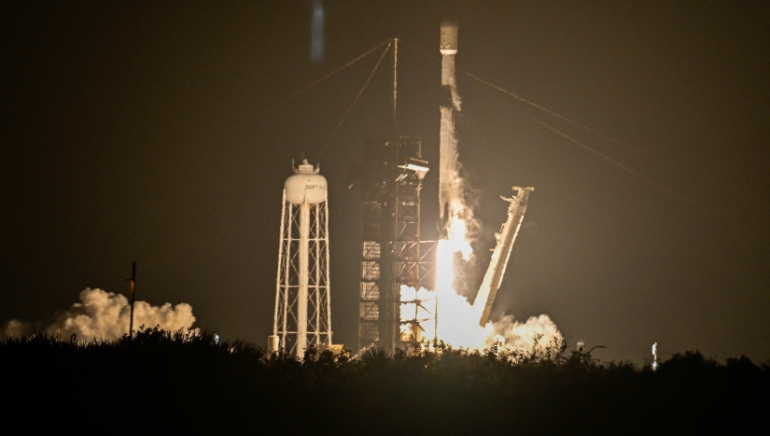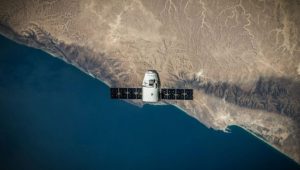On Wednesday, Japan’s ispace and the United States Firefly Aerospace successfully launched their moon landers aboard a SpaceX rocket from Florida, taking a huge step forward in global lunar exploration. Ispace’s Hakuto-R Mission 2 is a follow-up to its unsuccessful lunar landing in April 2023, which was caused by an altitude mistake. Firefly’s Blue Ghost is the third private lunar lander launched through NASA’s Commercial Lunar Payload Services (CLPS) program.
Ispace CEO Takeshi Hakamada emphasised the partnership between private firms, describing the dual launch as a “symbol of growing commercial missions to the moon.” Ispace’s Resilience lander contains six payloads totalling $16 million, including a Micro Rover designed to collect lunar materials. The lander is planned to settle in May-June 2025 after following an energy-efficient trajectory.
Firefly’s Blue Ghost, carrying ten payloads, is scheduled to reach the lunar surface in March 2025 and operate for one lunar day (approximately two weeks) before succumbing to the intense cold of the lunar night.
Private lunar enterprises such as these complement NASA’s Artemis program, which aims to return humans to the moon by 2027. With China aiming for crewed moon missions by 2030, the lunar surface has become a hotspot for technological and geopolitical competition.















